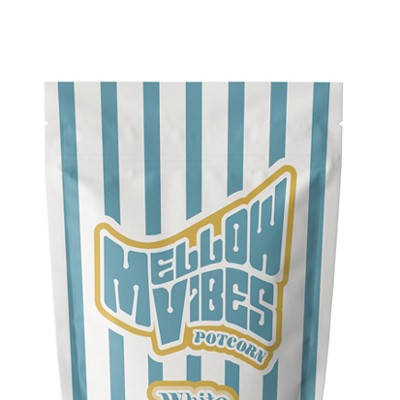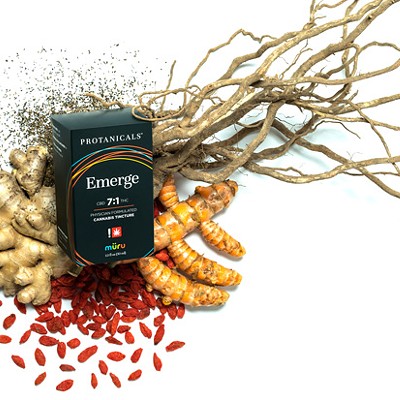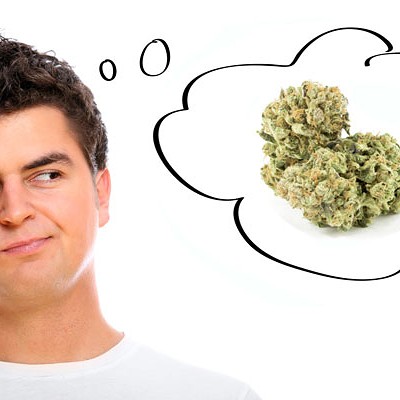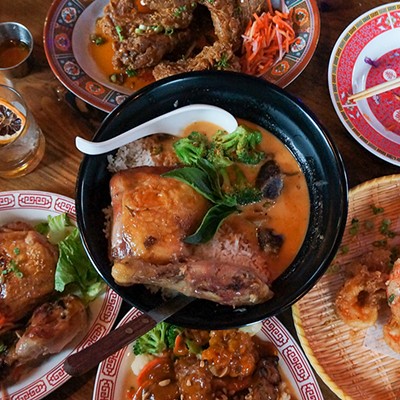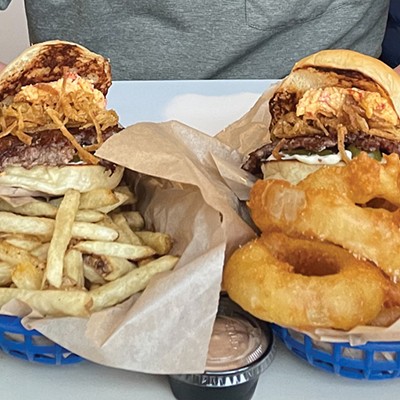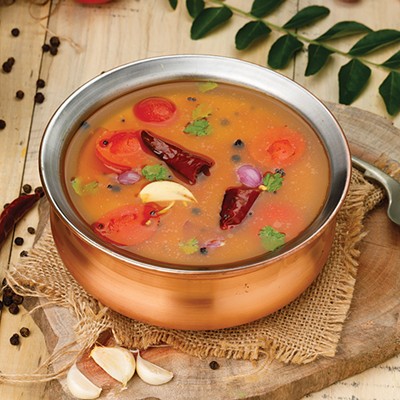In truth, records show that people have been making food and drink with cannabis for well over a thousand years. From the narcotic drink bhang of 10th century India to the cannabis cafes of Amsterdam, pot has a long and seasoned history in the kitchen. It's used as an herb to accent flavors, as a butter or oil for baking and cooking, and it makes an undeniably pretty garnish! Variety is the spice of life. When it comes to the culinary arts, the uses of cannabis are endless. All it takes is a love of cooking, an affinity for this most versatile of herbs, and an imagination as diverse as one's tastes.
As with any project, getting started is often the hardest part. Many uninformed folks jump on the brownie recipe for its simplicity. They buy pre-made mix, follow the directions on the box, grind up a handful of weed, and toss it in as the magical ingredient. Is this wrong? No. But it certainly isn't the right way to do it. For one, the taste of the weed comes across as overpowering and its effects are minimal if felt at all. In essence, our canna-cook has wasted perfectly good herb. It should be noted that while THC is not water-soluble, it is most certainly fat-soluble. This means that things like milk, butter, olive oil, and coconut oil are your best friends in the kitchen. So, back to those brownies.
Before beginning any culinary endeavor, even our aforementioned brownies, there is a very important step. The best thing to do is to turn that fun green ingredient into something usable and universal: weed butter or oil. With this, one can convert nearly any recipe into its happier, THC-enriched version. Making oil or butter is incredibly simple, and while it is a bit time consuming, it takes minimal effort. There are more than a few ways to do this, but for the sake of being concise, break out that crockpot. The key is to use low heat for a prolonged duration, and the crockpot is the preferred tool for this.
The next step is to decide what type of oil or butter to use. Get some butter, olive oil, coconut butter, coconut oil, or whatever suits your fancy. Now for the weed. There is certainly nothing wrong with grinding up a pile of hearty, crystal-studded buds. In fact, this will produce a significantly more potent product. But, in the thriving world of the cannabis growing culture, trim is an abundant and cheap resource. It also works fine for making cooking supplies. Toss the weed and the butter into that crockpot and set it on low heat. Once the butter melts down, it is ideal to have it just covering the plant matter.
Let the crockpot do its thing for at least 12 hours and as many as 24. Kill the heat and pour it all off through a nice tight-mesh strainer or cheesecloth to remove the stripped plant matter. This can be discarded. You will be left with a pleasant, green end product that can be used for almost anything, and when refrigerated, lasts for ages. Now, all our canna-cook needs to do is follow any run-of-the-mill recipe and substitute their pot product in place of its non-intoxicating version. Obviously, one can increase or decrease these portions to facilitate proper dosage. The extracted product will have a much more palatable taste, and depending on the quantities used in making the butter or oil, a significantly more effective and scrumptious edible.
Now, suddenly, those pot brownies are very simple. A fair warning regarding the consumption of pot brownies, and pot food in general: While there are many urban myths associated with weed, the munchies are very real. Be aware that while smoking weed brings about the effects nearly instantaneously, edibles require digestion. The effect from edibles is usually felt as a body high rather than a head high. So as delicious as that first brownie was, it's advisable to hold off on the second until the full effects of the first have begun to abate, or one might find one's self as immobile as the couch they have fused with. With that in mind, good luck in the kitchen and bon appétit!

